MARBLE EXTERIOR FACADE PROJECTS
The use of marble in exterior facade designs directly reflects the aesthetic stance, quality, and character of a building. In facade designs where the architectural language is most strongly felt, marble stands out with its natural, elegant, and durable structure.
Marble Facade Cladding
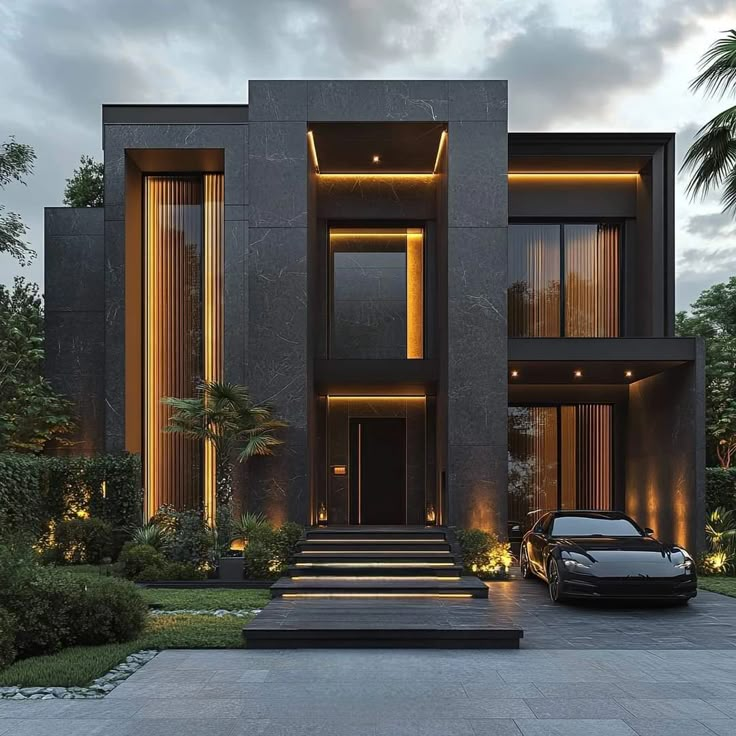

Area of Use:
Marble slabs are used for full surface cladding or regional highlights (such as entrance axis, corners, between windows) on the front facade of the building.
Details:
-Panels are mostly mounted on the surface using anchorage systems. This method both increases load-bearing capacity and prevents damage to the stones during installation.
-Marbles selected with consideration of vein direction add visual movement to the facade through vertical or horizontal alignment.
-Light-colored marbles (such as Limra, Afyon white) are frequently used as they reflect sunlight and reduce heating.
-The marble facade is reinforced with protective impregnation against rain and external factors.
-In modern designs, materials such as glass, metal (like aluminum composite), or wood are often added alongside marble to create material contrast.
Entrance Marble Facades and Main Entrance Axis
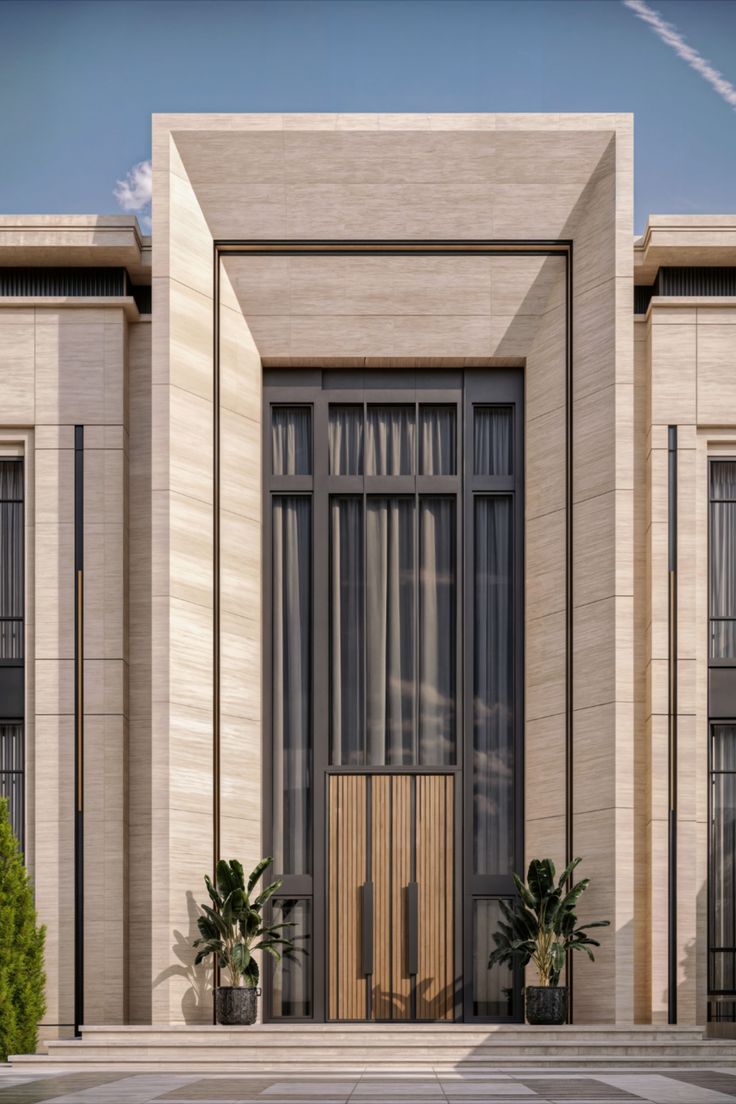
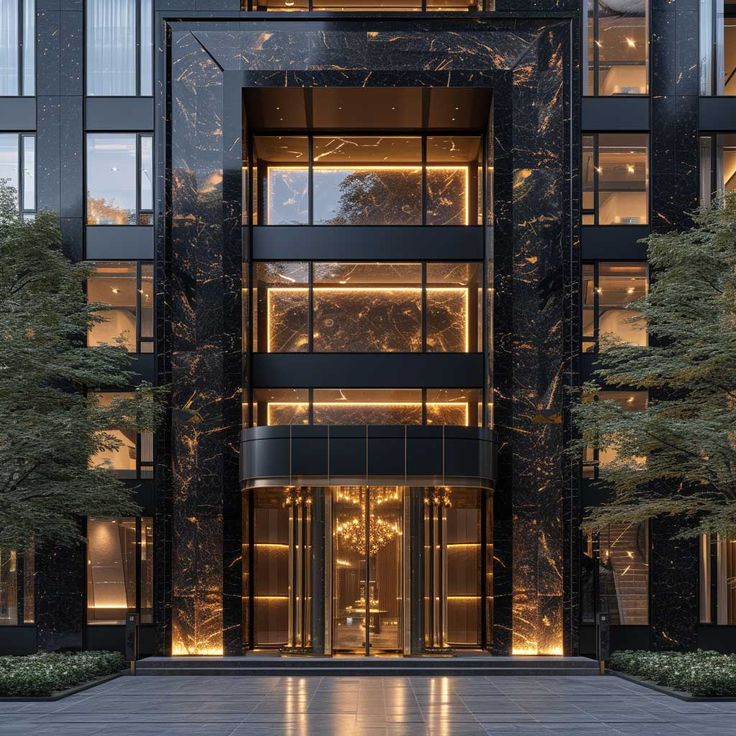
Area of Use:
In building entrances (hotels, residences, stores, business centers), a marble-clad entrance axis creates a strong first impression.
Details:
-The area around the entrance door is often highlighted with a framed marble application.
-Embossed or carved details may be present on the door’s upper lintel.
-Using the same stone between the marble facade panel and the floor covering at the junction point with the ground provides visual continuity.
-Dark-colored marbles are frequently preferred in these areas to create a dramatic emphasis.
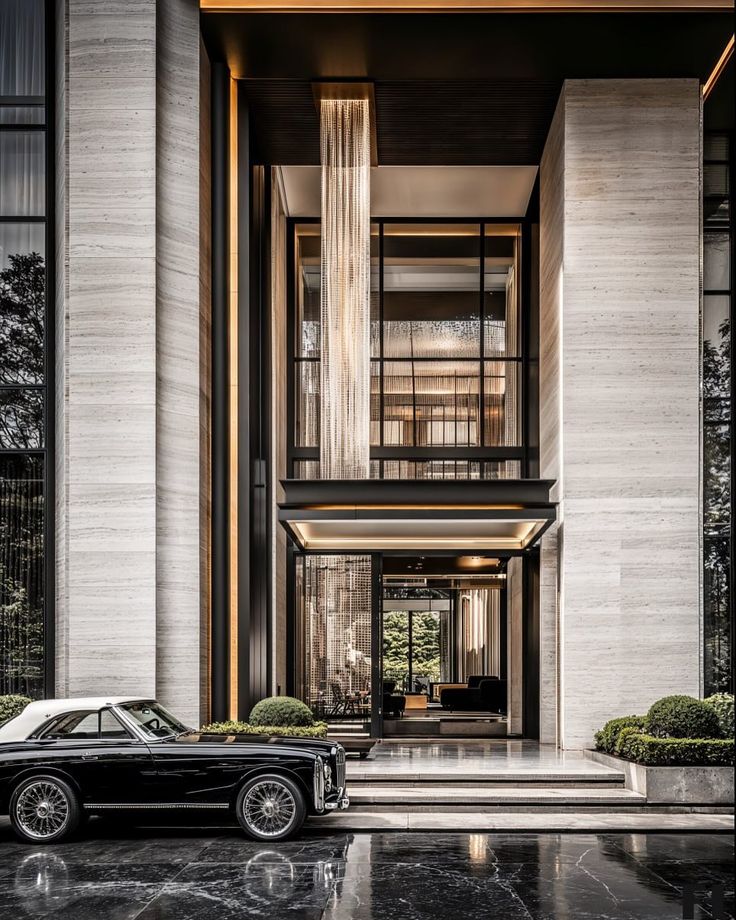
Column and Pillar Claddings
Columns or pillars on the facade are highlighted with marble claddings.
Details:
-Specially sized marble slices are used for cylindrical columns, and the stones are carefully fitted into the circular form.
-For square or rectangular columns, the panels are mounted flat, and the corners are usually protected with metal trims.
-Bookmatch application in column cladding can add artistic value to the facade.
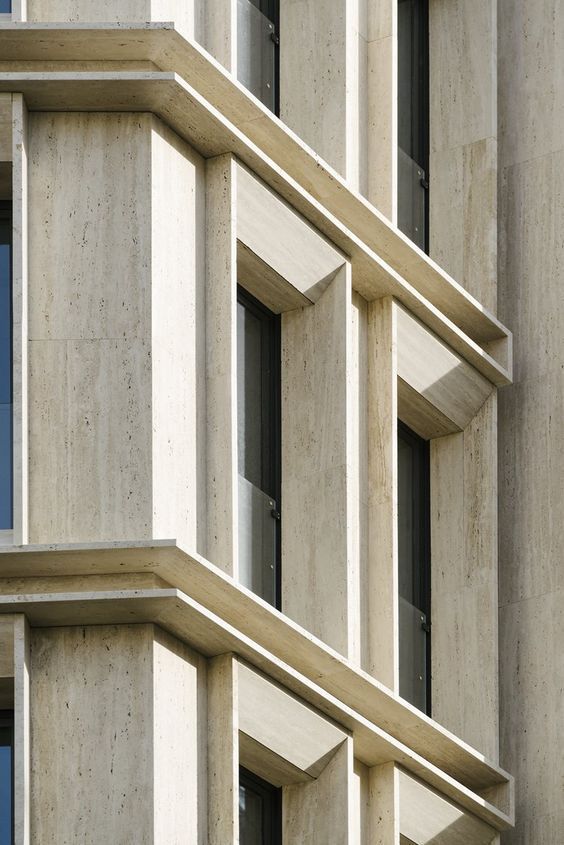
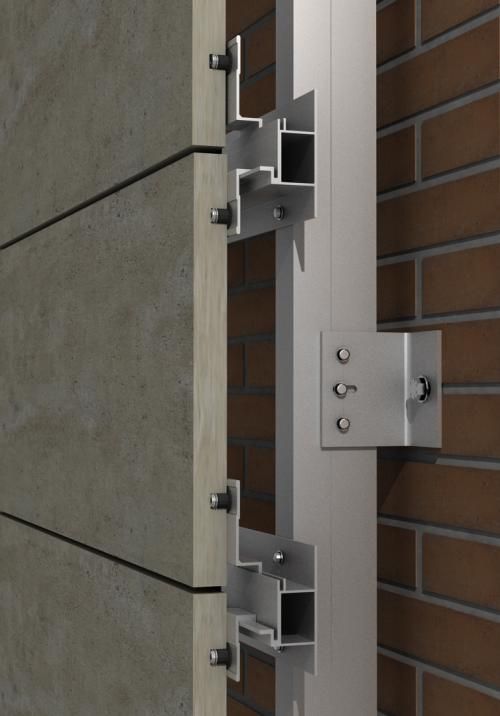
MECHANICAL MARBLE FACADE CLADDING
The use of marble in exterior facade designs directly reflects the aesthetic stance, quality, and character of a building. In facade designs where the architectural language is most strongly felt, marble stands out with its natural, elegant, and durable structure.
What is Mechanical Marble Facade Cladding?
The mechanical installation method refers to the fixing of natural stone slabs such as marble to the facade using stainless steel anchorage systems (such as Z anchors, leaf anchors, point systems). In this system, the stones are mounted to the supporting structures from their rear surfaces with special connection elements without using mortar or adhesive. In this way, air circulation is provided between the stones, and moisture accumulation is prevented.
Application Details
1. Application Details
Material Selection: Corrosion-resistant metals such as stainless steel, galvanized steel, copper, or bronze should be preferred.
Ankraj Türleri:
– Leaf Anchor: Each marble slab is mounted to the leaf anchor with four stainless steel pins. In this method, a gap of 1.5 cm to 6 cm is left between the building and the stone.
– Z Anchor Z-shaped anchors mounted on carrier profiles ensure the safe fixing of the stones. In this system, the distance between the facade and the stone can vary between 7 cm and 22 cm.
– Point System: Z-shaped anchors mounted on carrier profiles ensure the safe fixing of the stones. In this system, the distance between the facade and the stone can vary between 7 cm and 22 cm.
2. Installation Process
-Surface Preparation: The flatness of the facade surface is checked, and corrections are made if necessary.
-Thermal Insulation: The gap between the stone and the facade is filled with thermal insulation materials to improve energy efficiency.
-Joint Gaps: Suitable joint gaps are left between marble slabs to accommodate expansion and contraction.
Advantages
-High Durability: Mechanical systems minimize the risk of stones falling and offer a long-lasting solution.
-Easy Maintenance: Damaged stones can be easily replaced without harming the others.
-Aesthetic Flexibility: Offers various design options with different stone sizes and shapes.
-Thermal and Sound Insulation: The gap between the stone and the facade is filled with insulation materials to provide energy efficiency.
Points to Consider
-Cost: Mechanical systems are initially more expensive compared to mortar-based methods.
-Installation Time: The application process may take longer and requires expertise.
-Material Quality: It is important that the anchors and connection elements used are stainless and of high quality.
Mechanical marble facade cladding offers a safe, durable and aesthetic solution, especially in high-rise buildings and projects using heavy natural stones. With correct material selection and expert application, long-lasting facades with low maintenance requirements can be achieved.


